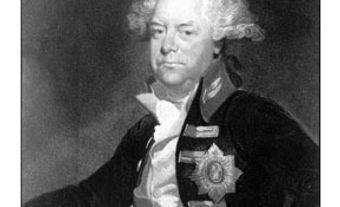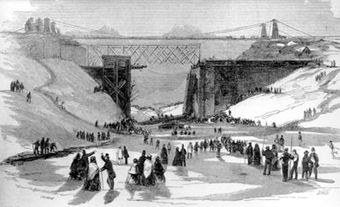Woodstock, Ontario, incorporated as a city in 1901, population 46,705 (2021 census), 41,098 (2016 census). The city of Woodstock is located on the Thames River, in the heart of southwestern Ontario.
Settlement and Development
In 1793, John Graves Simcoe, impressed with the elevated terrain, planned a series of townsites in the area. Woodstock was designated a townsite in 1798. In 1800, Americans Zacharias Burtch and Levi Luddington became the first settlers. In the 1830s, British settlers, largely retired military officers, were encouraged to settle in the area. In 1834, British Admiral Henry Vansittart arrived and named the village in honour of Woodstock, Oxfordshire, England, where he had been educated. Woodstock became the seat of Oxford County in 1839 and was officially proclaimed a town in 1851, with a population of 2,112.
A major point in development came in 1853, with the arrival of the Great Western Railway; rail connection to Toronto came in 1880.
Economy
Located in the heart of a rich farming area, Woodstock was a milling centre in its early years. Industries included rope, woollens, barrels, soap, candles, harnesses, carriages, furniture and organs. In 1842, the Woodstock Iron Works was established. ArcelorMittal (formerly Dofasco Automotive Components and Standard Tube) is still in operation, and dates back to 1905. It was the site of Canada's first electrical resistance welded tubing. Today it specializes in high strength steel tubes for the automotive sector. In 1901, the city dubbed itself the “Industrial City.”
Cultural Life
The yellow-brick town hall, built in 1853, is a national historic site and houses a museum.

 Share on Facebook
Share on Facebook Share on X
Share on X Share by Email
Share by Email Share on Google Classroom
Share on Google Classroom



